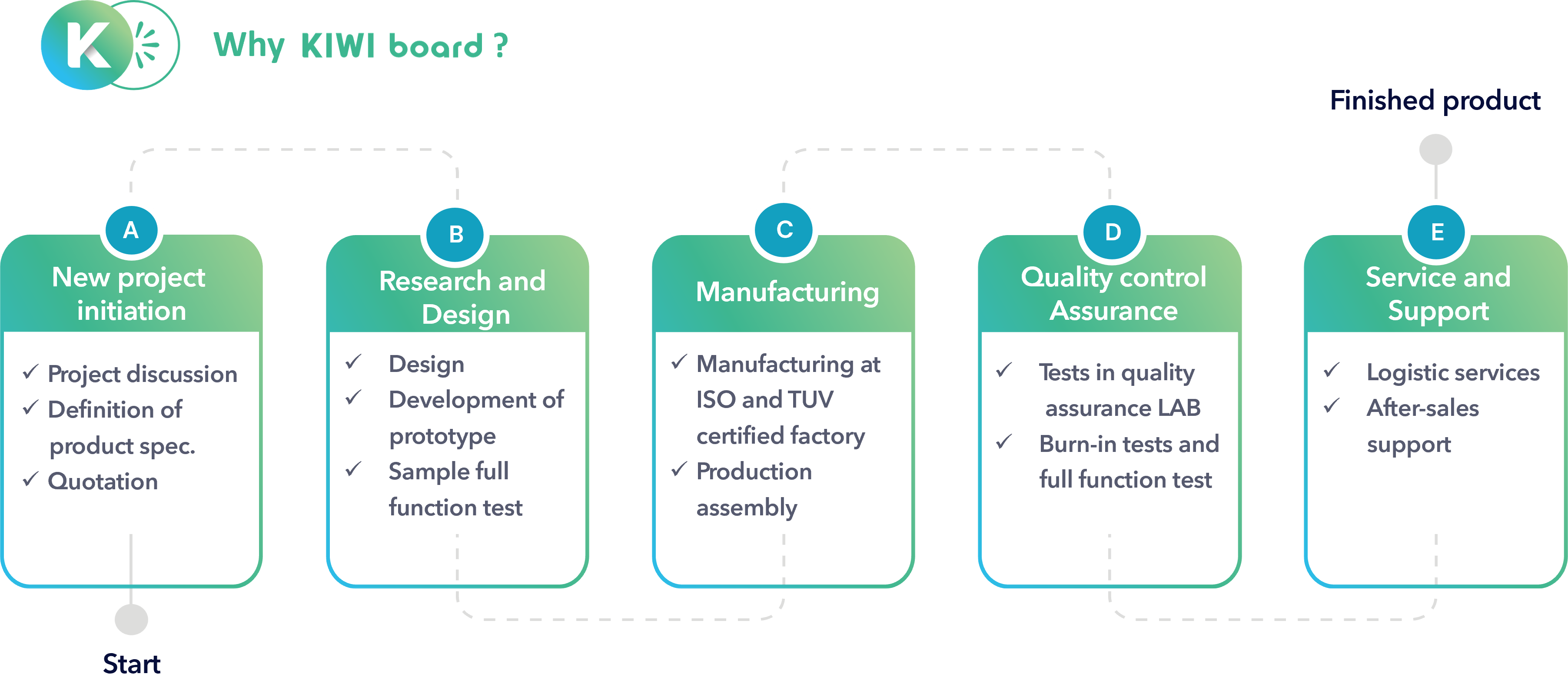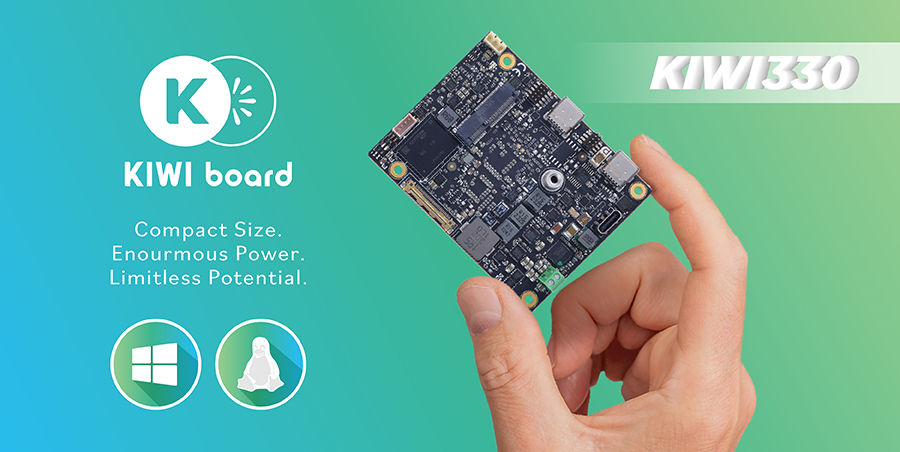
"NEW" - ARM vs x86 Comparison
In embedded computing, many compact single-board computers are built on RISC/ARM architectures, which are known for their simplicity, low power consumption, and affordability. These boards work well for basic or energy-sensitive tasks, but what happens when a project needs strong, continuous performance, full PC software compatibility, and industrial-grade reliability? That’s where the KIWI330, powered by the Intel® Atom® X7211RE (Amston Lake), stands out. By bringing the proven x86 CISC architecture into a small, durable form factor, it delivers PC-level computing power for edge AI and automation. The KIWI330 operates reliably in extreme temperatures ranging from –30 °C to +60 °C, while maintaining a power consumption as low as 6 watts (TDP), making it both efficient and powerful for real-world industrial use.
Understanding the Architecture: RISC vs. CISC
ARM (RISC) architectures rely on a Reduced Instruction Set, where each command performs a simple operation. This design enables one instruction per clock cycle with minimal energy use, making RISC processors ideal for low-power and cost-sensitive devices. However, when workloads become more complex, they often require multiple instructions, which can increase latency and reduce throughput.
x86 (CISC) architectures, on the other hand, employ a Complex Instruction Set that allows each instruction to perform several operations per cycle. This reduces the total instruction count and delivers higher computational density, ideal for multitasking and performance-intensive environments.
The KIWI330, powered by the Intel® Atom® x7211RE, combines the best of both worlds: the efficiency of RISC and the computational depth of CISC. Built on a proven x86 industrial platform, it provides PC-class performance in a compact, low-power design, enabling seamless operation in edge AI, automation, and industrial control applications.

Comparison between RISC and CISC architectures
The KIWI330 Advantage: Compatibility, Longevity, and Power
Unlike ARM-based SBCs tied to closed ecosystems, the KIWI330 x86 runs Windows, Ubuntu, and AI frameworks such as OpenVINO™, TensorFlow, and PyTorch natively, with no recompilation or driver patching required. Developers can port PC applications directly to the edge, saving weeks of integration and validation time. Its 10-year product longevity, robust thermal design, and native AI capability make it clear: in a market where uptime, scalability, and compatibility define success, the KIWI330’s x86 architecture doesn’t just match ARM, it outperforms it, consistently and without compromise.
About KIWI Board
KIWI board is a complete solutions provider, supporting every aspect of your project, from hardware to software and system integration, to get your application functioning securely, reliably, and at peak performance. KIWI board builds its products for high reliability, high performance, security, scalability, and versatility so customers can expect extended service life, quickly adapt to evolving system requirements, and adopt future technologies as they emerge.
Next steps
Ready to talk about your projects with a KIWI board expert? Contact us
Want to hear more from KIWI board? for our newsletter Sign up
Or request a quotation







